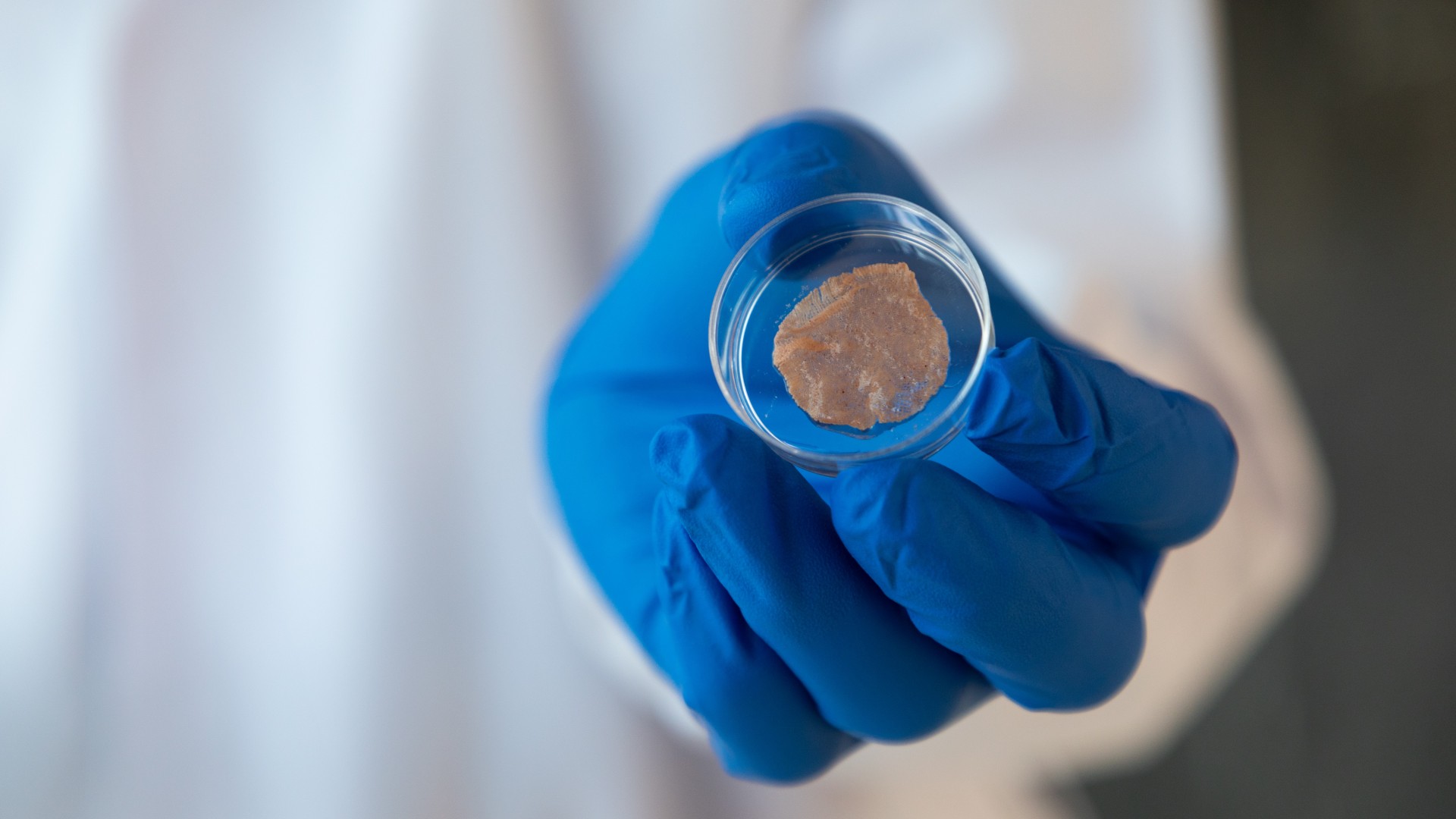A research team from the National University of Singapore (NUS) has successfully used common plant proteins to 3D-print an edible cell culture scaffold, allowing more affordable and sustainable lab-grown meat to be served on the table.
As consumers become more conscious of the environmental and ethical ramifications of their food, lab-grown meat, also known as cultured meat or cell-based meat, is becoming an increasingly popular source of dietary protein. Cultured meat is produced by taking skeletal muscle cells from animals and growing them on three-dimensional constructs called scaffolds, which provide structural support as the cells multiply and develop into tissues.
However, cell culture scaffolds are typically made from synthetic or animal-based materials, which are either too expensive or inedible. In search of an alternative, the team led by Professor Huang Dejian, Deputy Head of the NUS Department of Food Science and Technology, turned to plant proteins, which are known to be biodegradable and biocompatible with animal cells. Crucially, plant proteins also satisfy common requirements for food consumption, making the resulting scaffold fit for culturing meat.
"By using readily available cereal prolamins as biomaterials for high-precision 3D printing technology, we open up a new method for manufacturing edible and structured scaffolds to produce cultured muscle meat slices with fibrous qualities," said Prof Huang.
The team's work, in line with NUS' thrust to produce cutting-edge sustainability research, was published in the journal Advanced Materials on 22 October 2022.
The making of an edible scaffold
Prolamins are a family of plant storage proteins that, due to their specific amino acid profile, have low nutritional value. In fact, prolamins are generated as waste in the starch and vegetable oil industries. Nevertheless, Prof Huang and his team leveraged these characteristics of prolamins to come up with an affordable and sustainable resource for meat culture.
Specifically, the researchers used mixtures of prolamins derived from corn, barley and rye flour, also known as zeins, hordeins and secalins, respectively. These mixtures then acted as the ink for electrohydrodynamic printing, a high-precision 3D printing technology commonly employed in biomedical applications.
To assess whether the prolamin constructs were fit for meat cultivation, they were submerged in the cell culture medium and inspected seven days later to examine any structural changes. Under a scanning electron microscope, the scaffolds held their structure and did not collapse, though multiple holes did develop on their surfaces. According to the researchers, however, these pores are more likely the result of enzymes secreted by the cultured cells rather than evidence of structural weaknesses.
For scaffolds to be of any use in cultivating meat, they need to be biocompatible with muscle cells from agricultural animals, meaning that they need to be able to accommodate these cells and support their growth and development.
To test this, Prof Huang and team seeded the prolamin constructs with stem cells from pig skeletal muscle and measured cell proliferation over the following days. They found that the cells divided extensively on the scaffolds, reaching a maximum count 11 days after they were inoculated. The stem cells grew comparably well in both zein/hordein and zein/secalin scaffolds.
Of significance, when compared against a standard polycaprolactone scaffold, a common tool in tissue engineering, pig cells seeded onto the prolamin constructs proliferated much faster, demonstrating that the plant protein-based scaffold was more feasible for cultured meat production than standard synthetic polymers.
"Scaffolds made from plant proteins are edible and have diverse and variable peptide sequences that can facilitate cell attachment, induce differentiation, and speed up the growth of meat. In contrast, synthetic scaffolds such as plastic beads used for cultured meat have no functional group which makes it difficult for animal cells to attach and proliferate. In addition, synthetic scaffolds are not edible and extra steps are required to separate the scaffolds from the meat culture," elaborated Prof Huang.
As a proof of-concept, the research team tried to produce an actual slice of meat by culturing pig skin stem cells on a zein/secalin scaffold, and then allowed them to differentiate, or mature, into muscle. Beet extract was used to simulate meat's reddish colour.
Their experiment turned out to be a success. Within 12 days, the research team was able to culture meat that was similar in texture and overall appearance to real animal meat.
"Since the scaffold was edible, no special or additional procedures were needed to extract it from the final product," shares Prof Huang. These results further verify the potential of the proposed prolamin-based scaffolds in cultivated meat production."
Further developments
Prof Huang and his team are actively working on refining the plant protein-based technology. For instance, more studies are needed to better determine how the particular structure and composition of the prolamin constructs might impact the growth of animal stem cells and how they form muscle tissue.
"Moreover, we need to ensure the resulting meat products are market-ready, with safety profiles that will satisfy rigorous regulatory demands and nutritional compositions that will fulfil recommended dietary needs," says Prof Huang. "Of course, they need to be appetising, too. Flavour, aroma and texture need to be carefully calibrated to compete with traditionally farmed meat products."








